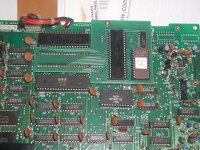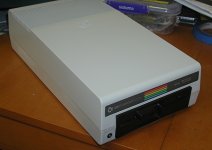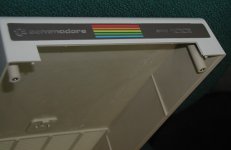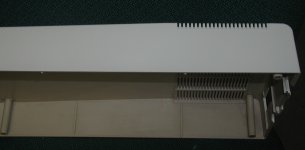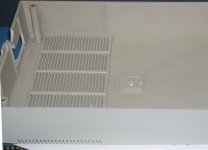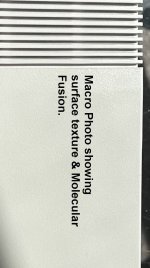Hugo Holden
Veteran Member
I decided to open up my SFD1001 drive for inspection.
The casing had previously been damaged and a very amateurish repair attempted, that looked like a 5 year old had done it, but that might be generous.
There were some brass ferrules glued in with soft glue where some of the plastic had cracked away on two of the case retaining screw areas and an assortment of the wrong size & length case screws.
I can fix this properly by machining some metal inserts to go in the area where the plastic was damaged.
At least the drive works, so I am lucky there, but it shows signs it has been worked on by somebody, which I always loathe, especially if it was the same person who botched the case repairs.
In any event, this drive has what looks like an original factory mod, where one of the IC's (possibly a RRIOT) has been replaced with a sub board containing a ROM. See attached photo.
Is anybody aware of this particular modification and the reasons for it ?
The casing had previously been damaged and a very amateurish repair attempted, that looked like a 5 year old had done it, but that might be generous.
There were some brass ferrules glued in with soft glue where some of the plastic had cracked away on two of the case retaining screw areas and an assortment of the wrong size & length case screws.
I can fix this properly by machining some metal inserts to go in the area where the plastic was damaged.
At least the drive works, so I am lucky there, but it shows signs it has been worked on by somebody, which I always loathe, especially if it was the same person who botched the case repairs.
In any event, this drive has what looks like an original factory mod, where one of the IC's (possibly a RRIOT) has been replaced with a sub board containing a ROM. See attached photo.
Is anybody aware of this particular modification and the reasons for it ?

